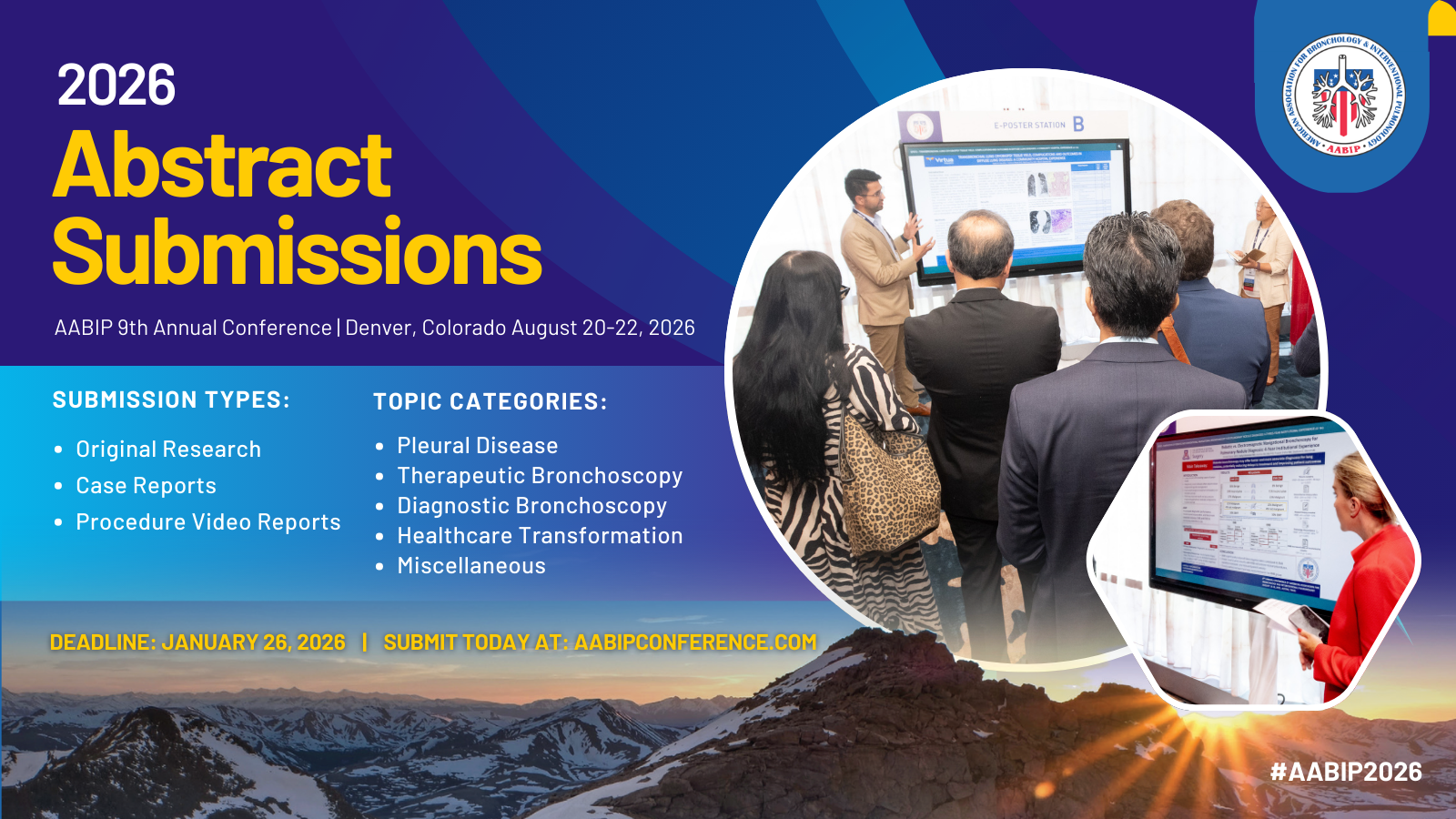IP Fellows Reading ListTherapies for Early Stage or Locally Invasive Lung CancerMicrowave AblationEfficacy and safety of transbronchial microwave ablation therapy under moderate sedation in malignant central airway obstruction patients with respiratory failure: a single-institution retrospective study https://pubmed.ncbi.nlm.nih.gov/33629194/ Retrospective Reference: Kashiwabara K, Fujii S, Tsumura S, Sakamoto K, Semba H. Efficacy and safety of transbronchial microwave ablation therapy under moderate sedation in malignant central airway obstruction patients with respiratory failure: a single-institution retrospective study. J Cancer Res Clin Oncol. 2021;147(9):2751-2757. Background: This is a retrospective, single-center study evaluating the efficacy and safety of transbronchial microwave ablation for malignant central airway obstruction (MCAO). PICO: Population –
Intervention –
Comparison –
Outcome –
Take home: TMA under moderate sedation is feasible and effective, even in the presence of respiratory failure. If normal mucosa is coagulated, close monitoring should be provided for at least 24 hours to ensure there is no recurrence of airway obstruction due to epithelial detachment. Transbronchial microwave ablation of lung nodules with electromagnetic navigation bronchoscopy guidance-a novel technique and initial experience with 30 cases https://pubmed.ncbi.nlm.nih.gov/34012778/ Clinical Trial Reference: Chan JWY, Lau RWH, Ngai JCL, et al. Transbronchial microwave ablation of lung nodules with electromagnetic navigation bronchoscopy guidance-a novel technique and initial experience with 30 cases. Transl Lung Cancer Res. 2021;10(4):1608-1622. Background: This study evaluates the safety and feasibility of a bronchoscopic approach to performing microwave ablation (MWA) of a pulmonary nodule. PICO: Population –
Intervention –
Comparison –
Outcome –
Take home: Transbronchial MWA using navigational bronchoscopy is feasible for the treatment of pulmonary nodules and relatively safe compared to percutaneous MWA. Although authors report no evidence of progression on available follow-up imaging, only 50% of cases had been followed for 6 months or longer at the time of writing the paper. Further studies are needed to evaluate long-term transbronchial MWA efficacy. Microwave ablation via a flexible catheter for the treatment of nonsurgical peripheral lung cancer: A pilot study https://pubmed.ncbi.nlm.nih.gov/35166043/ Clinical Trial Reference: Xie F, Chen J, Jiang Y, Sun J, Hogarth DK, Herth FJF. Microwave ablation via a flexible catheter for the treatment of nonsurgical peripheral lung cancer: A pilot study. Thorac Cancer. 2022;13(7):1014-1020. Background: This is a prospective study evaluating the feasibility and safety of a navigational bronchoscopy-guided water-cooled microwave ablation catheter in the management of peripheral lung cancer. PICO: Population –
Intervention –
Comparison –
Outcome –
Take home: Transbronchial MWA of early lung cancer is feasible. Although the sample size in this study is small, rates of local control were similar to those reported for percutaneous MWA, while complication rates were lower. Further studies are needed before wider adoption into clinical practice. |








